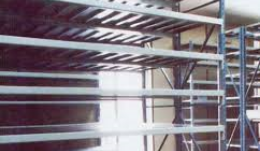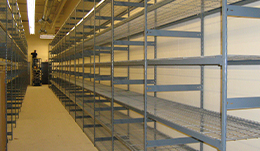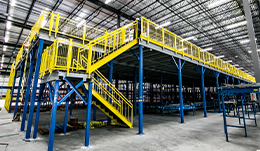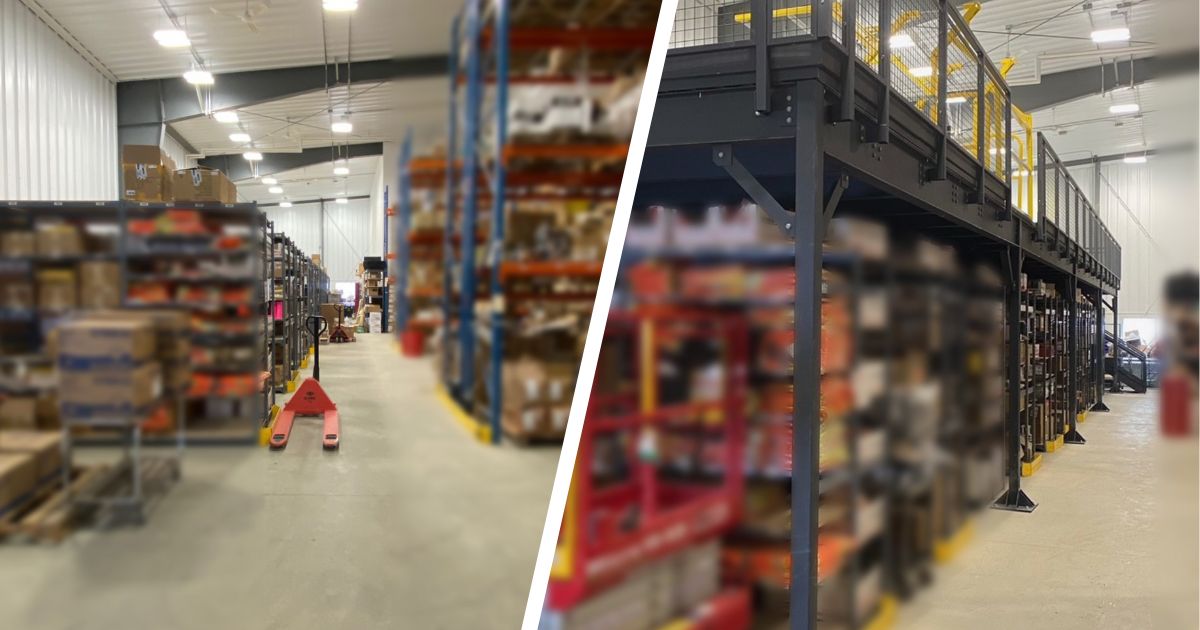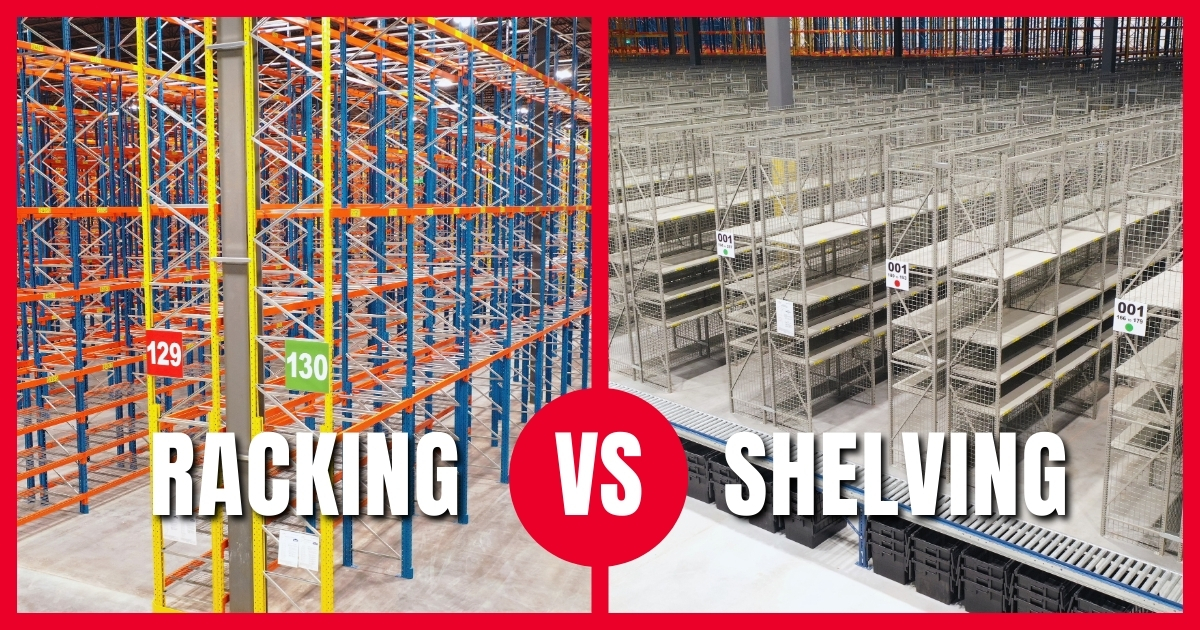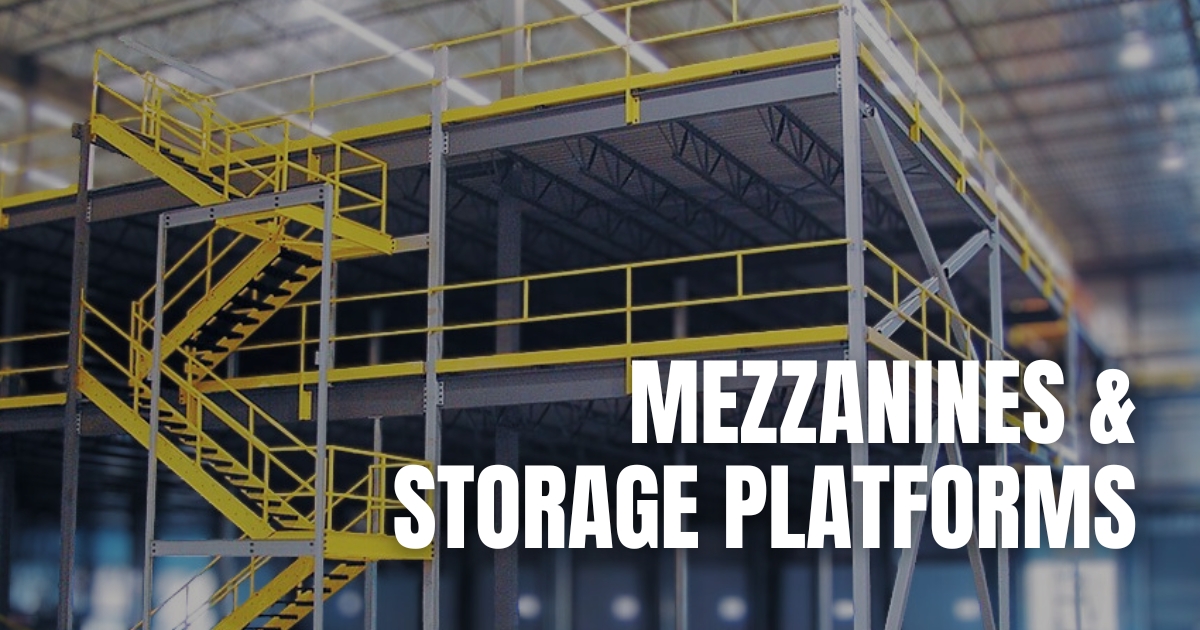In today’s fast-paced logistics world, optimizing warehouse space is crucial for operational productivity. If your warehouse struggles to meet demand, it may be time to reassess your racking system. This blog post explores how reconfiguring your racking can uncover valuable space, streamline operations, and boost overall performance!
Understanding Warehouse Space Constraints
Identifying Warehouse Space Limitations:
- Crowded Aisles: Difficulty navigating or accessing inventory due to narrow or cluttered aisles can slow down picking processes and increase the risk of accidents.
- Overflowing Storage Areas: Excess materials stored in non-designated areas disrupt workflow, leading to potential stock mismanagement.
- Inefficient Layout: A disorganized or poorly planned warehouse layout leads to wasted space and hinders effective use of available storage capacity.
- Increased Handling Time: Longer time to locate and retrieve items due to disorganization can impact order fulfillment speed and accuracy, affecting customer satisfaction.
Assessing Your Racking Systems for Optimal Efficiency:
- Type of Racking Systems: Review the types of racking systems and assess their suitability for your current inventory requirements.
- Condition & Maintenance: Evaluate the physical state of your racking systems and identify any maintenance or repair needs.
- Configuration Fit: Determine if the current layout aligns with your warehouse operations. Effective configurations support optimal storage and retrieval processes.
Top Strategies for Racking Reconfiguration & Space Optimization
Maximizing Vertical Storage Space:
- Increased Storage Capacity: Utilizing vertical space allows for a significant boost in storage volume. Extending racking systems upward will enable you to store more items.
- Improved Organization: Vertical storage solutions help organize inventory better by consolidating items into a more structured system, reducing clutter and improving access.
Implementing Adjustable Racking Systems:
- Flexibility & Adaptability: Modular racking systems provide the flexibility to reconfigure shelf heights and adjust layouts as inventory needs change.
- Customizable Storage Solutions: Easily modify the setup to fit oversized pallets or small parts, optimizing space and reducing waste.
- Enhanced Access: Flexible racking systems improve accessibility, facilitating easier picking and packing for faster order fulfillment.
Incorporating Automated Systems for Enhanced Efficiency:
- Increased Productivity: Automation speeds up inventory retrieval and reduces manual labour, resulting in faster processing times and higher throughput.
- Cost Savings: By reducing labour costs and optimizing space utilization, automation can lead to substantial cost savings.
Success Stories from NAS Group
Beverage Distributor in Edmonton, AB
A longstanding beverage distributor in Edmonton, AB, faced challenges balancing scalability and accessibility within their warehouse. We implemented a structural drive-in racking system, creating 1,745 pallet positions and reaching a height of 23 feet. This reconfiguration reduced picking and restocking times and improved overall warehouse operations. Read the full case study here.
E-Commerce Retailer in Guelph, ON
A prominent e-commerce retailer in Guelph, ON had limited warehouse space and an inadequate storage system. We developed a selective pallet racking system that utilized over 28 feet of vertical space, creating over 20,000 pallet positions. This transformation resulted in substantial improvements in storage operations, enabling the client to implement a seamless order-picking system. Read the full case study here.
Reconfiguring your racking system is a strategic move to enhance warehouse space optimization and improve efficiency. NAS Group’s case studies showcase how thoughtful racking modifications lead to significant operational improvements. Contact us today to learn how our solutions can help improve your warehouse management.



